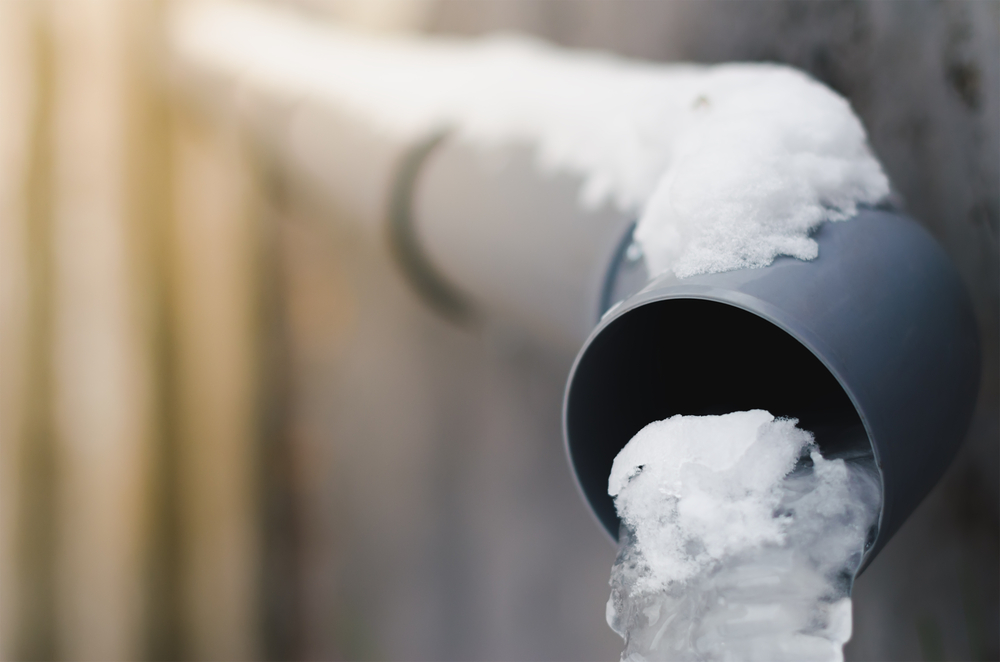Preventing Frozen Pipes: Effective Strategies for Cold Weather
Preventing Frozen Pipes: Effective Strategies for Cold Weather
Blog Article
The writer is making a number of good points about Prevent Frozen Pipes in general in this article down below.

Winter can damage your plumbing, specifically by freezing pipelines. Below's just how to stop it from happening and what to do if it does.
Introduction
As temperatures decrease, the threat of frozen pipelines increases, potentially causing expensive fixings and water damages. Comprehending how to stop frozen pipelines is crucial for homeowners in cool environments.
Recognizing Frozen Pipes
What creates pipelines to ice up?
Pipes ice up when revealed to temperatures listed below 32 ° F (0 ° C) for prolonged durations. As water inside the pipelines freezes, it broadens, putting pressure on the pipeline walls and possibly creating them to burst.
Threats and problems
Frozen pipes can bring about water system disturbances, property damage, and expensive repair work. Ruptured pipelines can flooding homes and create extensive architectural damages.
Indications of Frozen Water Lines
Determining frozen pipelines early can stop them from rupturing.
Just how to recognize icy pipelines
Try to find decreased water circulation from taps, uncommon smells or noises from pipes, and visible frost on exposed pipelines.
Avoidance Tips
Shielding susceptible pipelines
Cover pipelines in insulation sleeves or use warmth tape to protect them from freezing temperatures. Concentrate on pipelines in unheated or exterior areas of the home.
Heating methods
Keep indoor rooms properly warmed, specifically areas with plumbing. Open cupboard doors to enable warm air to circulate around pipes under sinks.
Safeguarding Outdoor Pipes
Garden hoses and outside faucets
Detach and drain pipes yard tubes before winter months. Set up frost-proof faucets or cover outdoor faucets with shielded caps.
What to Do If Your Pipes Freeze
Immediate actions to take
If you believe icy pipes, keep faucets open up to alleviate pressure as the ice thaws. Make use of a hairdryer or towels soaked in warm water to thaw pipes slowly.
Long-Term Solutions
Architectural modifications
Take into consideration rerouting pipes far from exterior walls or unheated locations. Add added insulation to attic rooms, cellars, and crawl spaces.
Updating insulation
Invest in high-quality insulation for pipes, attics, and wall surfaces. Appropriate insulation aids preserve regular temperature levels and reduces the danger of icy pipelines.
Final thought
Stopping icy pipes requires proactive actions and quick actions. By understanding the reasons, indications, and safety nets, homeowners can shield their plumbing throughout cold weather.
6 Proven Ways to Prevent Frozen Pipes and Protect Your Home
Disconnect and Drain Garden Hoses
Before winter arrives, start by disconnecting your garden hoses and draining any remaining water. Close the shut-off valves that supply outdoor hose bibs and leave the outdoor faucet open to allow any residual water to drain. For extra protection, consider using faucet covers throughout the colder months. It’s also important to drain water from any sprinkler supply lines following the manufacturer’s directions.
Insulate Exposed Pipes
Insulating your pipes is an effective way to prevent freezing. Pipe insulation is readily available at home improvement stores and is relatively inexpensive. Pay close attention to pipes in unheated areas such as the attic, basement, crawl spaces, or garage. Apply foam insulation generously to create a buffer against the cold. You can also wrap your pipes in heat tape or thermostat-controlled heat cables for added warmth.
Seal Air Leaks
Inspect your home for any cracks or openings that could let in cold air. Seal any holes around the piping in interior or exterior walls, as well as the sill plates where your home rests on its foundation. Additionally, make sure to keep your garage door closed unless you’re entering or exiting. Leaving it open creates a significant air leak that can lead to frozen pipes.
Allow Warm Air Circulation
During cold snaps, it’s essential to allow warm air to circulate evenly throughout your home. Leave interior doors ajar to promote better airflow. Open kitchen and bathroom cabinets to help distribute heat consistently around the rooms. If you have small children or pets, be sure to remove any household chemicals or potentially harmful cleaners from open cabinets for safety.
Let Faucets Drip
A small trickle of water can make a big difference in preventing ice formation inside your pipes. When temperatures drop significantly, start a drip of water from all faucets served by exposed pipes. This continuous flow helps prevent the water from freezing. Additionally, running a few faucets slightly can relieve pressure inside the pipes, reducing the chances of a rupture if the water inside does freeze.
https://choateshvac.com/6-proven-ways-to-prevent-frozen-pipes-and-protect-your-home/

Do you appreciate more info about How To Avoid Freezing Pipes? Make feedback directly below. We will be glad to see your insights about this piece. Hoping that you come back again soon. Do you know about anybody else who is in to the topic? Why not promote it. Thanks for your time spent reading it.
Show Details Report this page